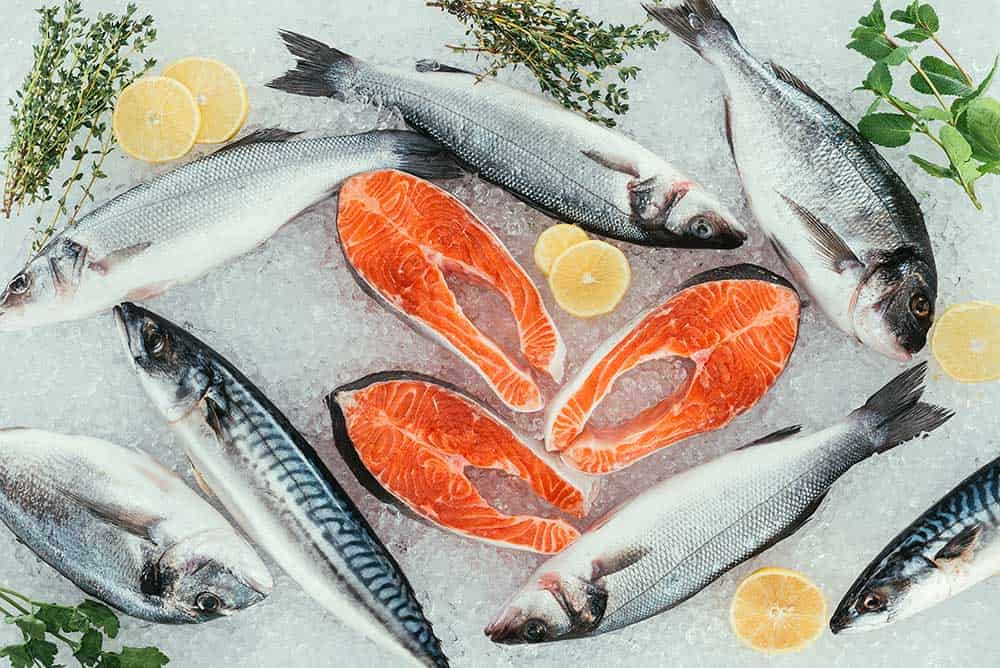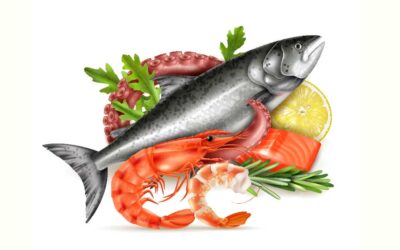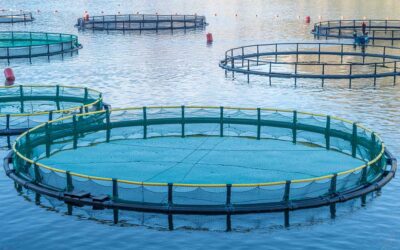Introduction
The seafood industry in Australia is undergoing a transformation. No longer is it enough to land a good catch and send it to market. Today’s consumers want more. They want to know where their seafood comes from, how it was caught or farmed, whether it was sustainable, and if the label on the packet can truly be trusted.
These expectations are shaping the future of the seafood sector. They bring exciting opportunities for businesses willing to embrace transparency and innovation. But they also bring legal risks. Misleading labels, greenwashing, or gaps in traceability systems can expose seafood businesses to fines, reputational damage, and even litigation.
In this article, we explore:
- The changing expectations of seafood consumers;
- The industry processes used to meet those expectations;
- The legal issues businesses must navigate; and
- Practical steps to build trust while staying legally compliant.
The Issue: Consumers Want More Transparency
Australian consumers are increasingly values-driven. They are no longer satisfied with price and taste alone. Instead, they are asking:
- Where was this caught?
- Was it farmed sustainably?
- Can I trust the eco-label on this packet?
- Is this really Australian seafood?
This demand for provenance and authenticity is amplified by:
- Celebrity chefs and foodservice leaders: who promote sustainability and premium local sourcing.
- Retailers and supermarkets: who increasingly market “Australian, fresh, and sustainable” seafood.
- Social media and consumer watchdogs: where a single viral post can damage a brand’s reputation.
Future trend: With global supply chains becoming more complex, businesses must be able to prove their claims—not just make them.
Processes: How Businesses Respond
To meet consumer expectations, seafood businesses are turning to new systems and practices. These include:
- Adopting ESG Principles: Environmental, Social and Governance policy from the United Nations.
- Traceability Systems:
-
- QR codes that link consumers to catch or farm details.
- Blockchain platforms that create tamper-proof digital records.
- Barcoding systems used across supply chains.
- Certification and Eco-Labels
-
- Joining sustainability programs such as MSC (Marine Stewardship Council) or ASC (Aquaculture Stewardship Council).
- Highlighting low-carbon or ethical farming practices.
- Obtaining organic or environmental certifications.
- Digital Marketing and Storytelling
-
- Engaging consumers on social media with stories of provenance.
- Using apps and websites to educate customers about fishing regions and aquaculture processes.
- Partnering with chefs and retailers to highlight premium standards.
- Supply Chain Contracts
-
- Requiring suppliers to provide verifiable data on sourcing.
- Allocating responsibility for provenance and compliance at each step of the chain.
These processes build trust and open premium markets. But they also come with legal strings attached.
Legal Issues: Where Businesses Can Get Caught Out
- Food Labelling and Provenance
-
- Country of Origin: Australian law requires clear and accurate labelling of country of origin. “Packed in Australia” is not the same as “Product of Australia.”
- Wild-Caught vs Farmed: Labels must reflect reality. Misstating the source is a breach of consumer law.
- Sustainability Claims: If a label says “sustainably sourced,” businesses must have evidence to prove it.
Risk: ACCC investigations, fines, product recalls, and loss of consumer trust.
- Marketing and Advertising
-
- Greenwashing: Overstating environmental credentials without proof is unlawful.
- Social Media Marketing: Posts by influencers or staff are subject to the same laws as traditional ads.
- Consumer Guarantees: Any implied promise—such as “premium,” “local,” or “safe”—must be substantiated.
Risk: Enforcement by regulators, litigation from competitors, reputational damage.
- Certification and Eco-Labels
-
- Strict Standards: Certification schemes require ongoing compliance with detailed rules.
- Misuse of Logos: Using certification marks without permission is a breach of IP law.
- Contractual Liability: Breaching certification contracts may result in suspension or legal claims.
Risk: Contract disputes, loss of certification, reputational harm.
- Traceability and Technology
-
- Data Privacy: QR code systems that collect consumer information must comply with privacy law.
- Supplier Accountability: If a supplier provides false or incomplete data, who is legally liable?
- Technology Reliability: Errors in blockchain or software systems may create liability disputes.
Risk: Privacy breaches, disputes with suppliers, liability for system errors.
Practical Steps for Businesses
Seafood businesses can future-proof themselves by embedding compliance into every consumer-facing activity.
- Audit labels regularly for accuracy.
- Keep records to prove all sustainability or provenance claims.
- Train marketing staff in consumer law basics.
- Review certification contracts carefully before committing.
- Strengthen supplier agreements to allocate liability for false or incomplete information.
- Invest in compliance technology that aligns with Australian and export market requirements.
- Plan for crisis response in case of a consumer complaint or regulatory investigation.
Looking Ahead: What’s Next for Legal Compliance and Consumers
The future of seafood will be more transparent, but also more regulated. We expect:
- More enforcement: Regulators like the ACCC will increasingly target misleading green claims.
- Stricter eco-label rules: Standardisation of certification systems to reduce consumer confusion.
- Digital compliance tools: Wider adoption of blockchain and AI-driven traceability to meet both consumer and legal expectations.
- Global alignment: Exporters will face growing pressure to meet overseas standards on labelling, provenance, and sustainability.
For Australian seafood businesses, legal readiness will be as important as quality in maintaining consumer trust.
Conclusion
Winning the trust of consumers is no longer about glossy packaging—it’s about legal compliance, transparency, and proof. Australian seafood businesses that take consumer law seriously will not only protect themselves from penalties but also build stronger brands and secure access to premium markets.
At Aquarius Lawyers, we help seafood businesses navigate this evolving landscape. From labelling audits to certification contracts and digital traceability, we provide legal strategies that protect reputation and prepare businesses for the future.
Because in seafood, trust is everything—and the law is the foundation of trust.




